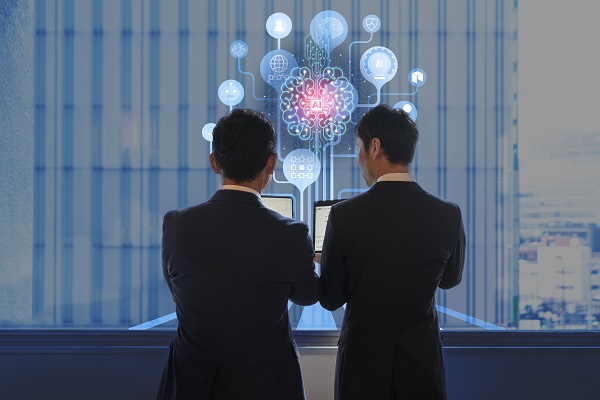
How Artificial Intelligence Changing How Companies Operate

Artificial intelligence (AI) has moved from sci-fi movies into real life. We don’t say we have Iron man's Jarvis now but, we have smaller versions of Jarvis. Companies that might be big or small are now using artificial intelligence to make its work faster and smarter. Continue reading this article to learn the basics of how this AI technology works and what it means for business.
Doing Repetitive Tasks
Some company jobs involve doing the same things over and over. Think data entry workers typing information into forms. Or call center staff asking customers the same questions. AI tools now handle many repetitive tasks without getting tired or bored.
How it works: Companies create special software with rules for how to complete repetitive tasks. The software uses data patterns to “learn” how to get better each time. This is called machine learning. It lets the AI keep improving with practice. Checkout this AI directory to know more about the AIs that are currently used by many big companies.
Answering Customer Questions
Have you ever tried using an automated customer support chat? AI makes it possible for companies to offer 24/7 help. The AI chatbot can answer common questions. And if the question is too complex, the chatbot gets a human agent to step in.
The tech behind it: Companies feed the AI lots of data from past customer interactions. The AI uses natural language processing (NLP) to “read” questions and respond appropriately based on its training. NLP helps AI systems understand and generate human speech and text.
Predicting Outcomes
AI tools help companies see into the future by identifying patterns from past data. For example, banks use AI to detect possible fraud before money is lost. Fashion brands rely on AI to forecast popular styles and manage inventory better.
How it works: The AI uses machine learning algorithms to process volumes of historical data. It uses statistics to make predictions on unknown future events. As the AI processes more data, its forecasts keep getting better.
Streamlining Operations
AI helps businesses save money and free up employees for more creative work. Manufacturers employ robotics and “computer vision” technology. This lets machines handle tasks done on assembly lines by humans. Remote mines use self-driving trucks to haul material 24/7 without risking driver safety.
The tech behind it: Sensors, lasers and cameras give the robots “eyes” to observe. Software guides decision making. Databases store libraries of images for visual recognition capabilities. Together these technologies enable automation.
Enhancing Creativity
While AI handles routine tasks, the creative work still requires humans. But smart tools can make creatives more productive. For example, designing and creative writing with AI abilities can generate countless writing ideas, layouts in seconds to inspire writing enthusiasts and UX/UI and graphic designers.
How it works: Humans program the AI to produce variations of creative work based on defined parameters. The AI may suggest designs, write original text and many unique designs. People then choose the best options or further refine the output.
The key for companies implementing AI is combining the strengths of both people and smart machines. Letting repetitive work, complex data and analytics be handled by AI allows human employees to do what people still do best – create, connect and care. With AI's help, companies can provide better service and value. And workers can focus their talents on more meaningful tasks. It’s a powerful partnership that will shape the future of business.

